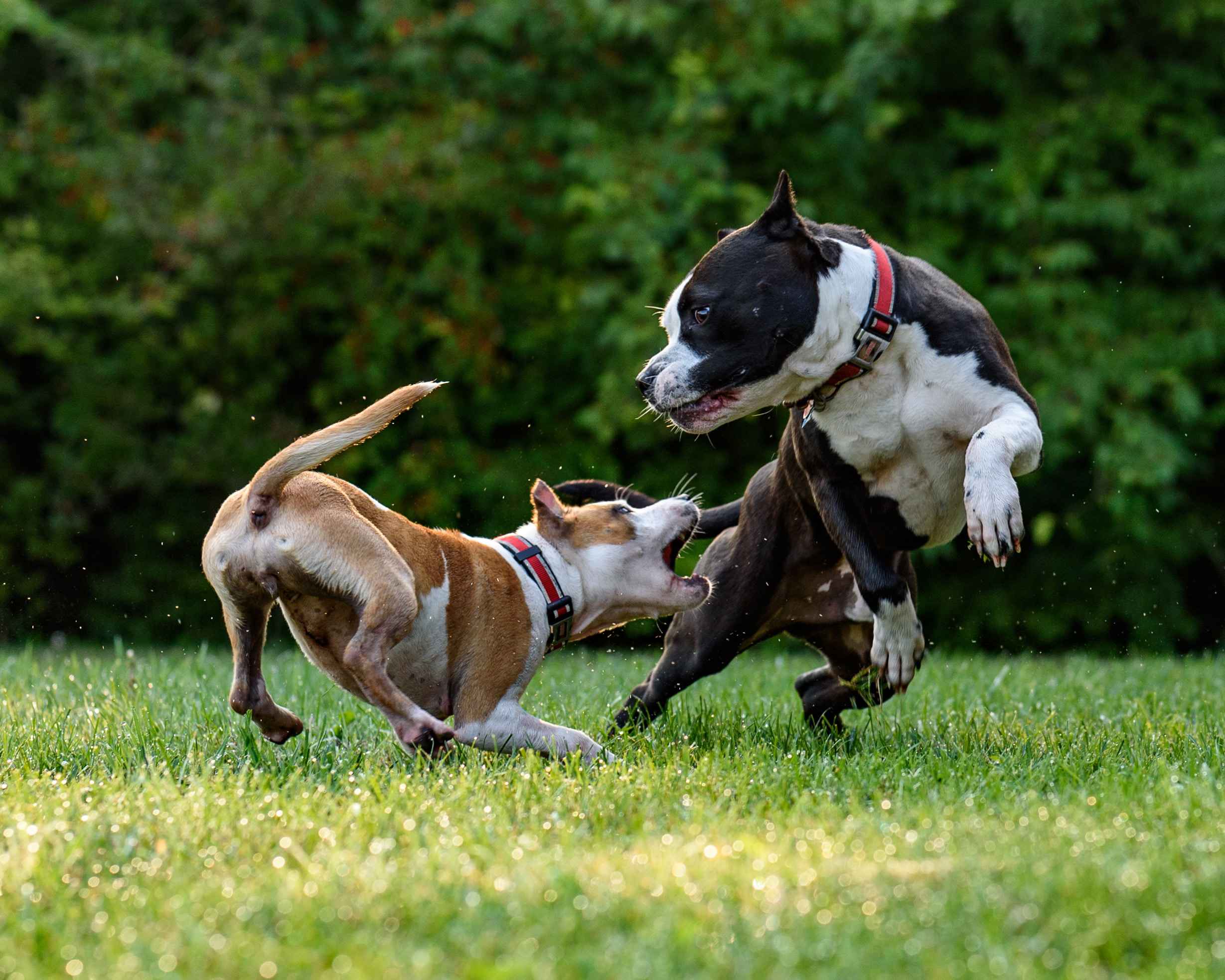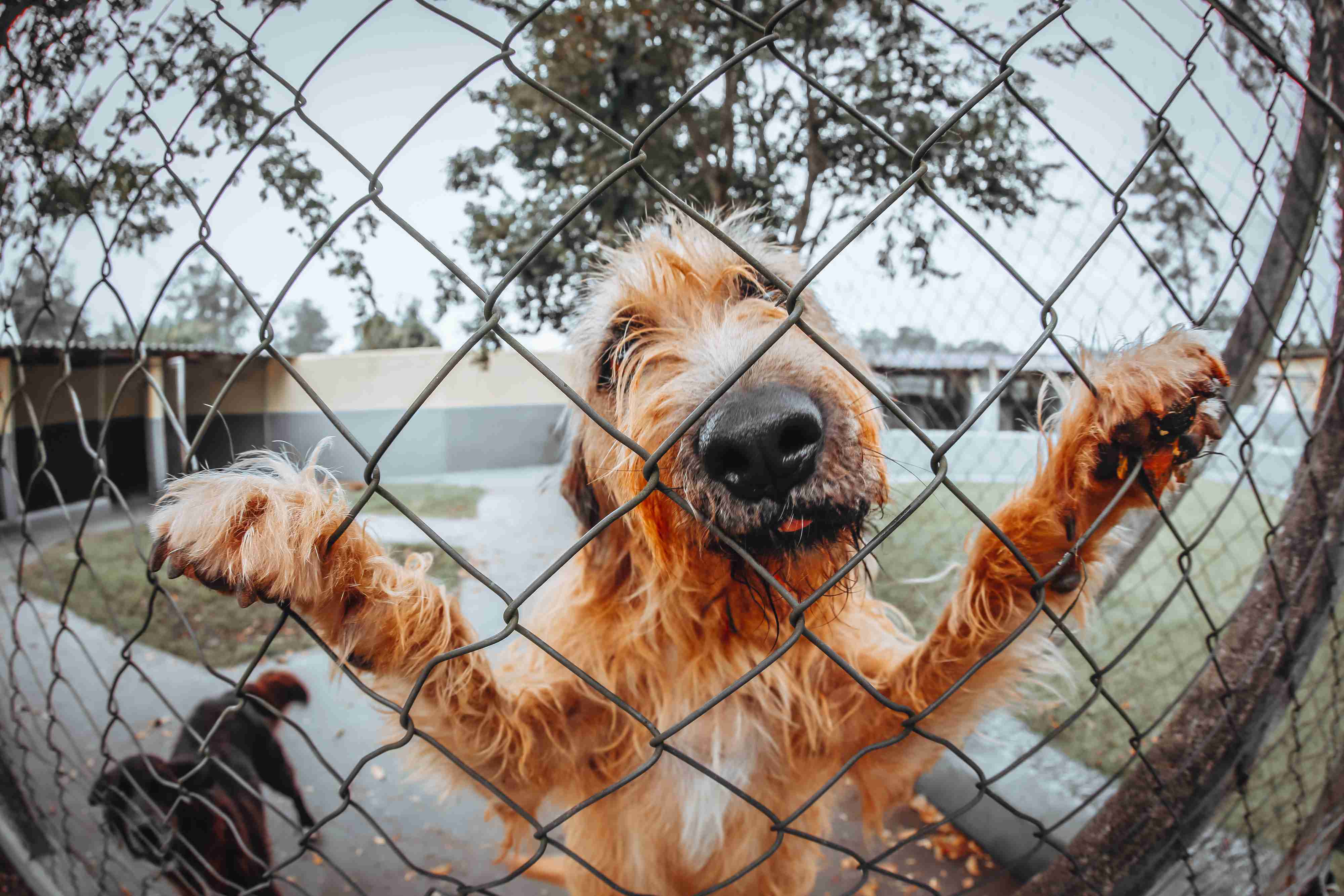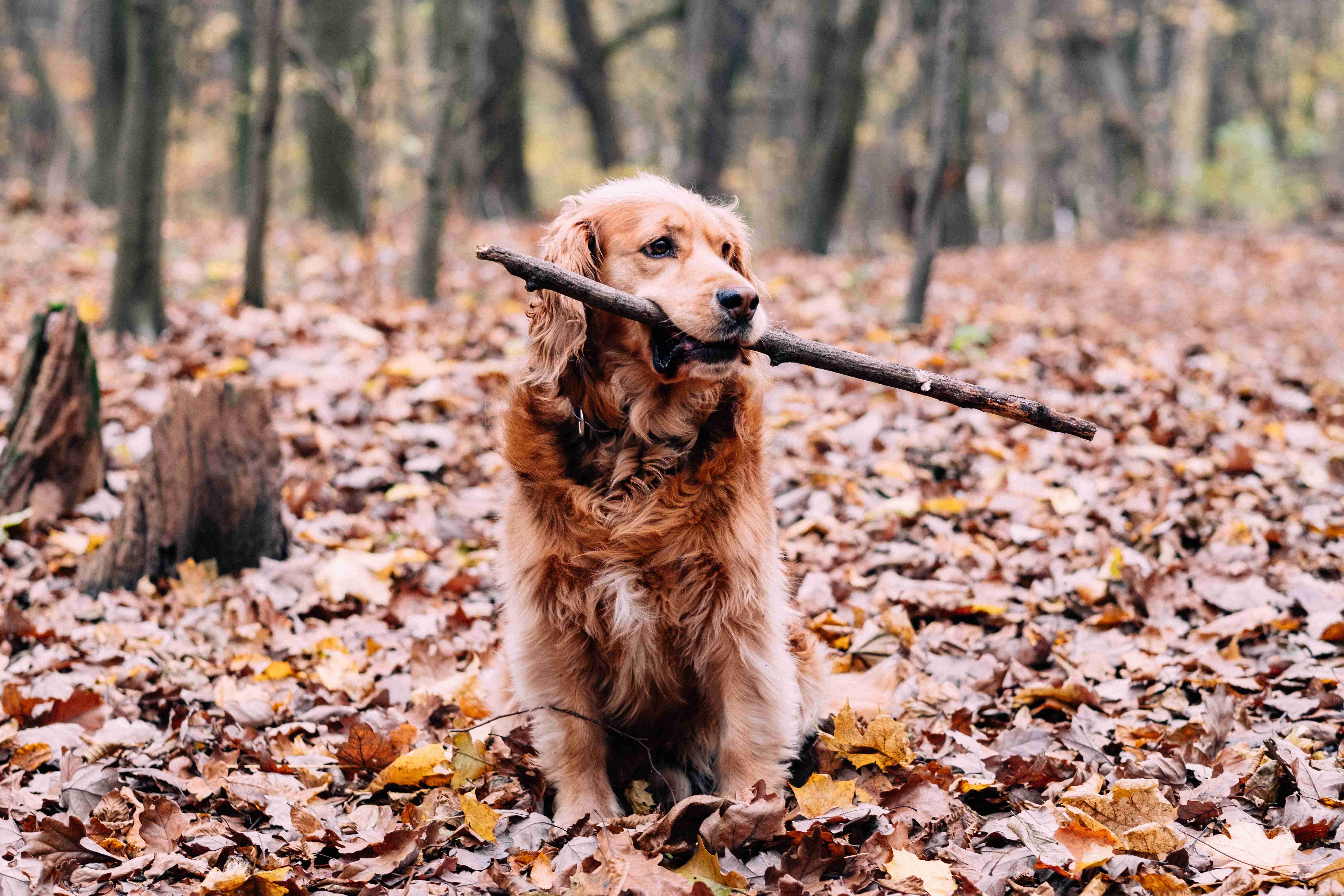Dogs are truly man’s best friend, and it’s no surprise that they tend to become our constant companions. However, as much as we love spending time with our furry friends, we can’t always be around them 24/7. This is where separation anxiety in dogs comes in. It’s not uncommon for our furry companions to experience this condition, but understanding why it happens is essential in helping them cope. In this blog post, we’ll be delving into the root causes of separation anxiety in dogs and what you can do to help your furry friend feel more secure and less anxious when you’re not around.
Unpacking Separation Anxiety in Dogs: Understanding the Root Causes
As pet owners, we love spending time with our furry friends. However, there may be times when we have to leave our pets alone at home, whether it be for work or errands. While some dogs may be able to handle being alone, others may experience separation anxiety. Separation anxiety is a common behavioral issue in dogs, and it can be a frustrating and stressful experience for both pets and their owners. In this article, we will discuss the root causes of separation anxiety in dogs and how to manage it.
What is Separation Anxiety in Dogs?
Separation anxiety is a condition where a dog becomes anxious and distressed when separated from their owner or family. Symptoms of separation anxiety include excessive barking, destructiveness, house soiling, and attempts to escape. In severe cases, dogs may even injure themselves in an attempt to escape or may refuse to eat or drink while their owners are away.
Why Do Dogs Get Separation Anxiety?
The exact cause of separation anxiety is not fully understood, but it is believed to be a combination of genetic, environmental, and psychological factors. Here are some of the possible root causes of separation anxiety in dogs:
1. Lack of Socialization
Dogs that are not properly socialized as puppies may develop separation anxiety later in life. This is because they are not used to being alone and may feel anxious when separated from their owners.
2. Abandonment
Dogs that have been abandoned or surrendered to shelters may develop separation anxiety. This is because they have been separated from their previous owners and may fear that they will be abandoned again.
3. Change in Routine
Dogs thrive on routine, and any sudden changes to their routine can cause anxiety. For example, a dog that is used to being with their owner all day may become anxious when their owner suddenly starts working outside the home.
4. Trauma
Dogs that have experienced trauma, such as being in a shelter or being mistreated, may develop separation anxiety. This is because they may associate being alone with the traumatic experience.
5. Over-Bonding
.jpg)
Dogs that are overly attached to their owners may develop separation anxiety. This is because they have become too dependent on their owners and may feel anxious when separated from them.
How to Manage Separation Anxiety in Dogs
While separation anxiety can be a challenging issue to deal with, there are several ways to manage it. Here are some tips:
1. Gradual Desensitization
Gradual desensitization involves gradually exposing your dog to being alone. Start by leaving your dog alone for short periods of time and gradually increase the duration. This will help your dog become more comfortable with being alone.
2. Create a Safe Space
Create a safe and comfortable space for your dog to stay while you are away. This can be a crate or a room where your dog feels safe and secure.
3. Provide Plenty of Exercise and Stimulation
Make sure your dog gets plenty of exercise and mental stimulation. This will help tire them out and make them less anxious when you leave.
4. Use Positive Reinforcement
Reward your dog for good behavior when you leave and return. This can be in the form of treats or toys and will help reinforce positive behavior.
5. Seek Professional Help
If your dog’s separation anxiety is severe, consider seeking professional help. A veterinarian or animal behaviorist can provide additional support and guidance.
Conclusion
Separation anxiety in dogs can be a challenging issue to deal with, but it is important to remember that it is a treatable condition. By understanding the root causes of separation anxiety and implementing the right strategies, you can help your dog overcome their anxiety and become more comfortable when left alone. With patience, consistency, and love, you can help your furry friend feel safe and secure, even when you’re not around.
In conclusion, separation anxiety is a complex and distressing issue for both dogs and their owners. Understanding the root causes of this behavior is the first step towards helping our furry friends overcome their anxiety and live happy, healthy lives. By providing a safe and secure environment, offering plenty of exercise and mental stimulation, and seeking professional help if needed, we can help our dogs overcome their separation anxiety and enjoy their time alone. Remember, a little patience and compassion can go a long way in helping our furry friends overcome their fears and anxieties.


.jpg)


%20-%20Copy.jpg)
%20-%20Copy.png)

.jpg)